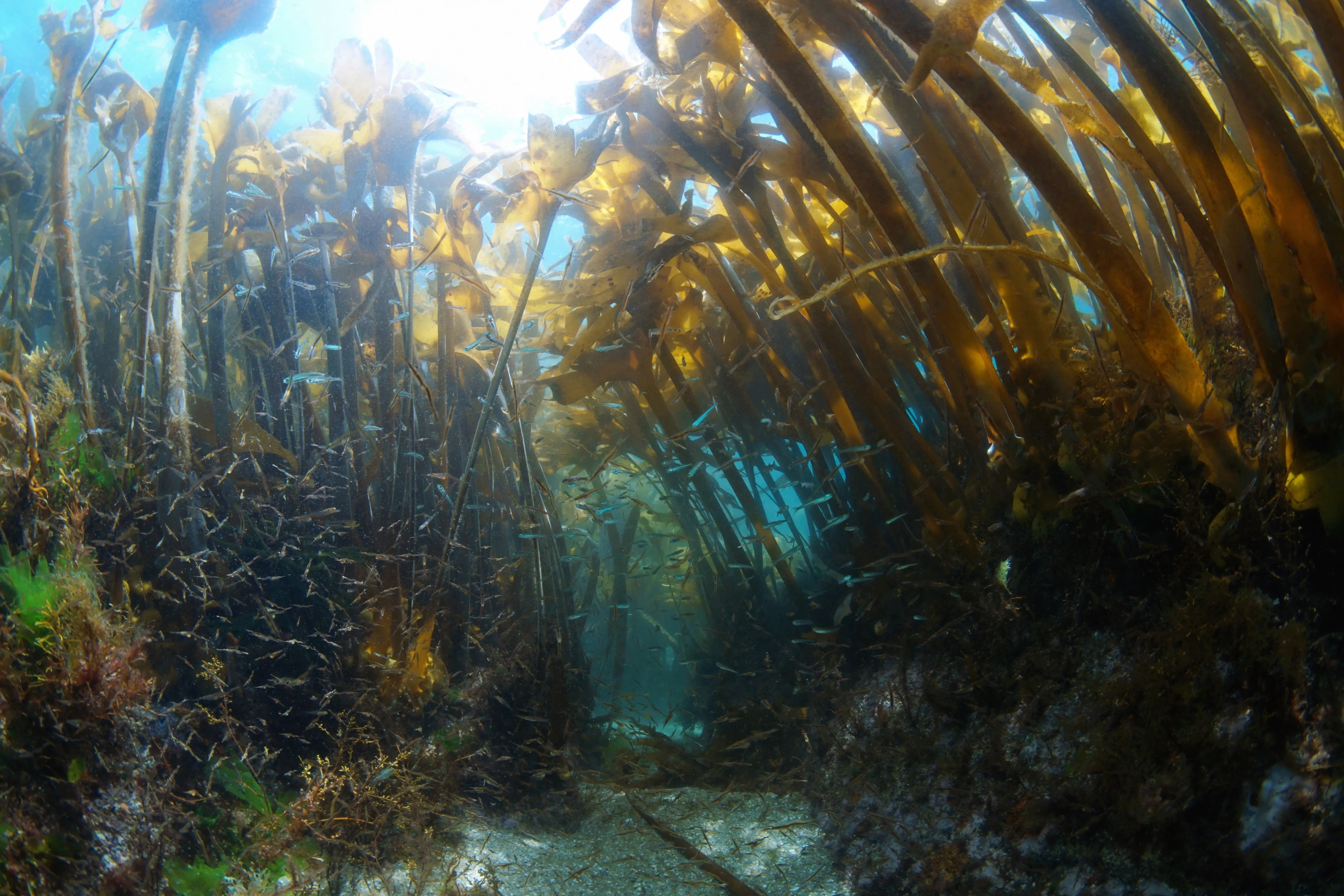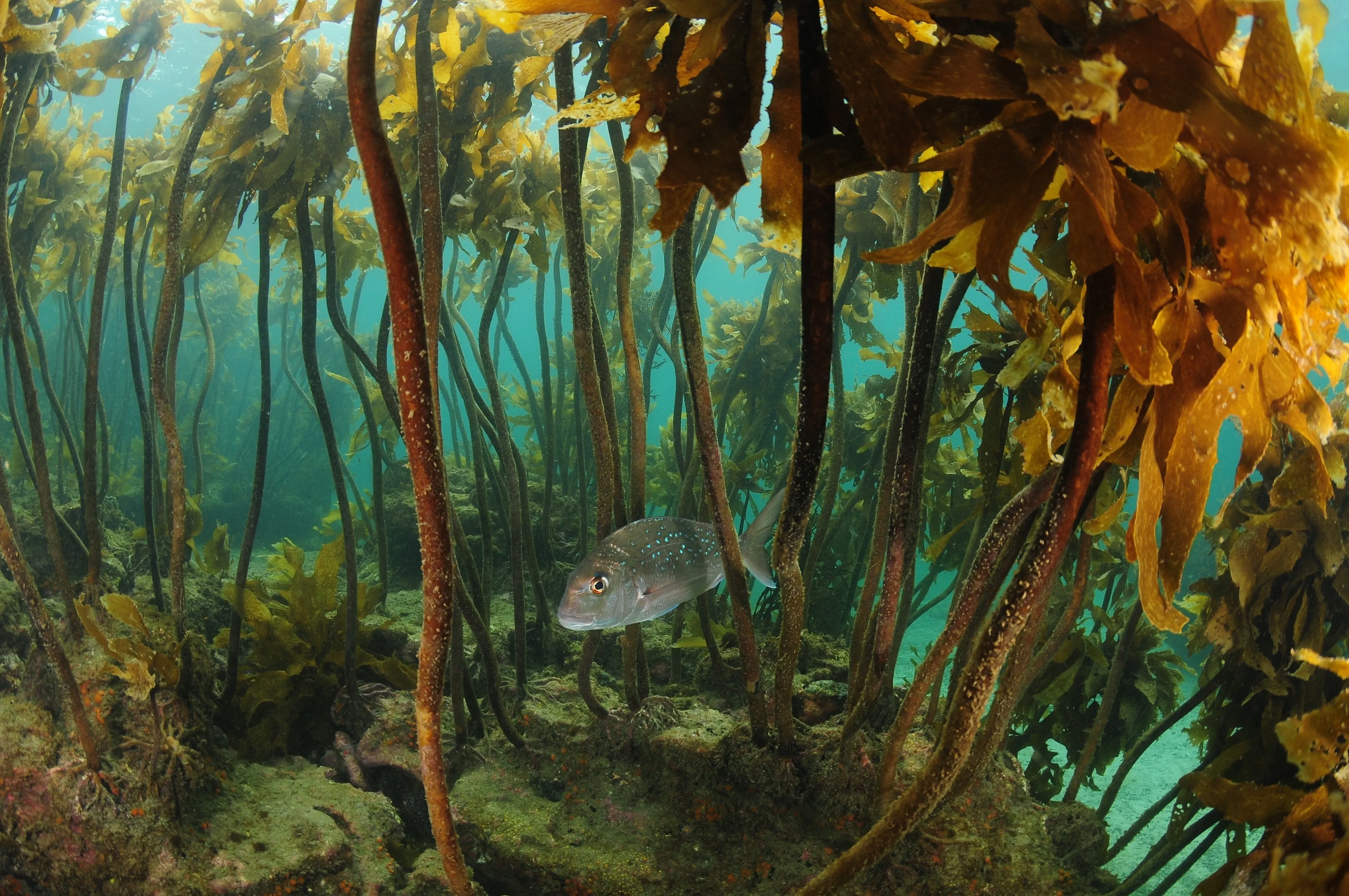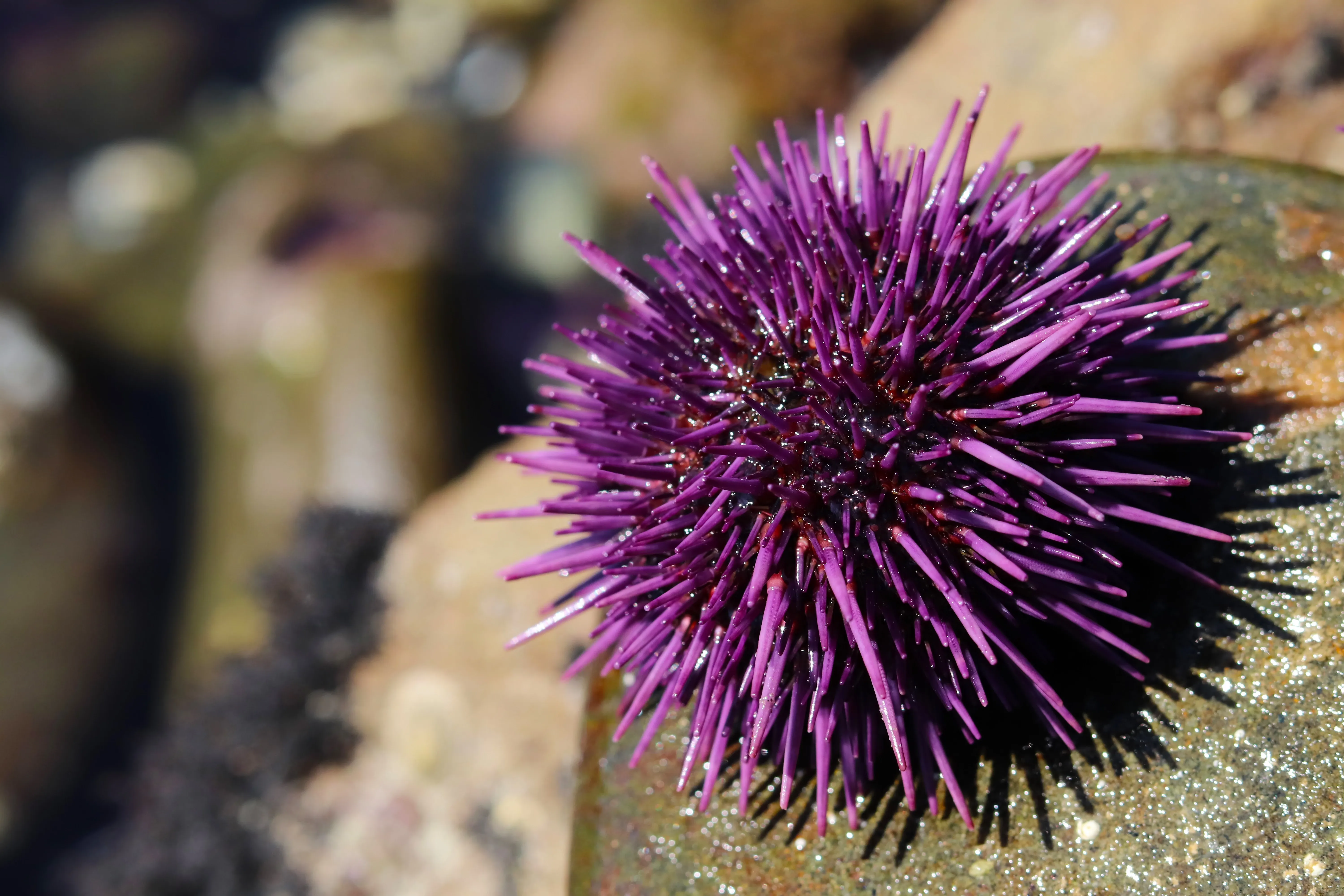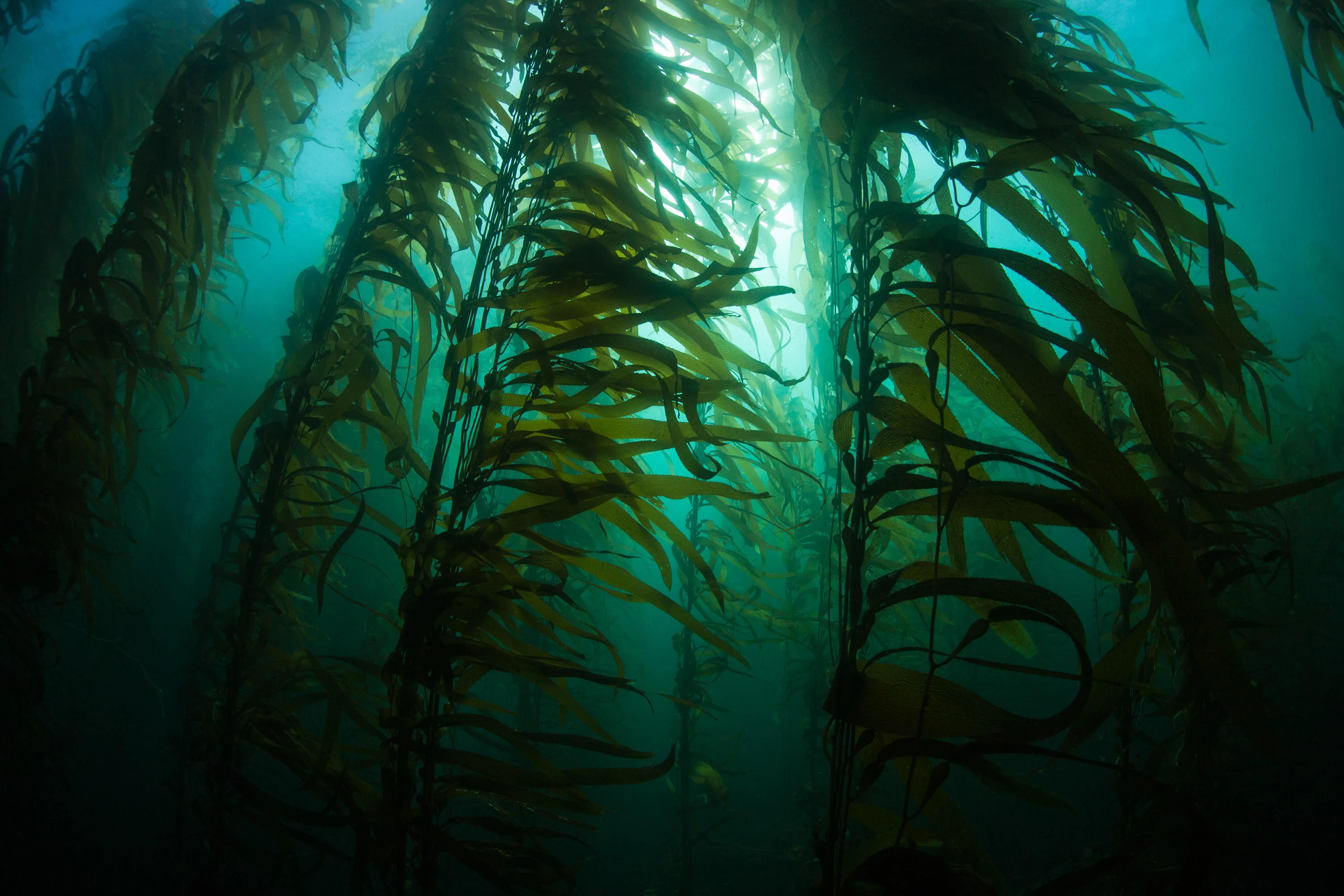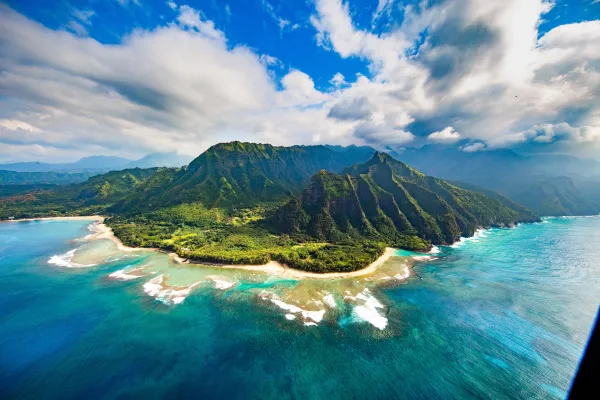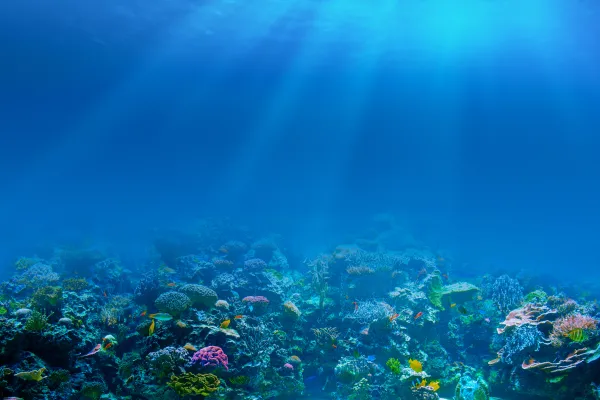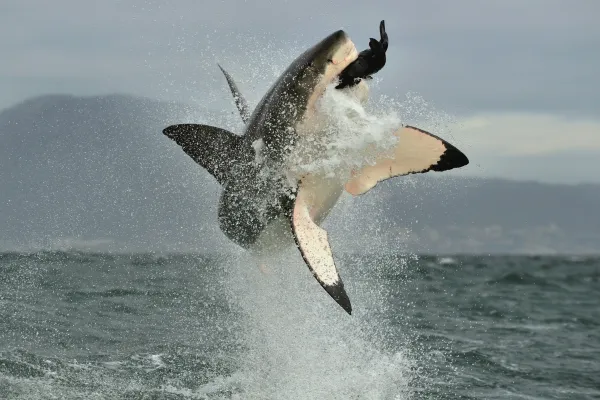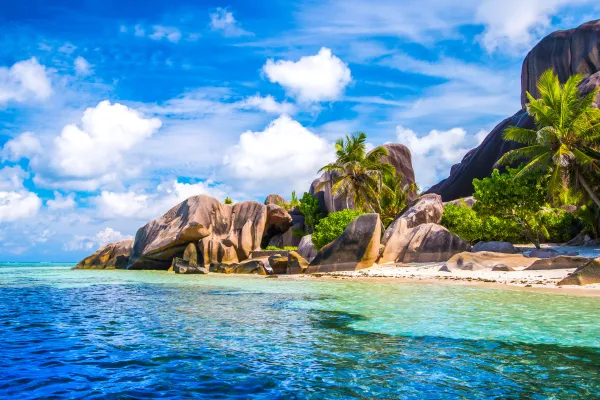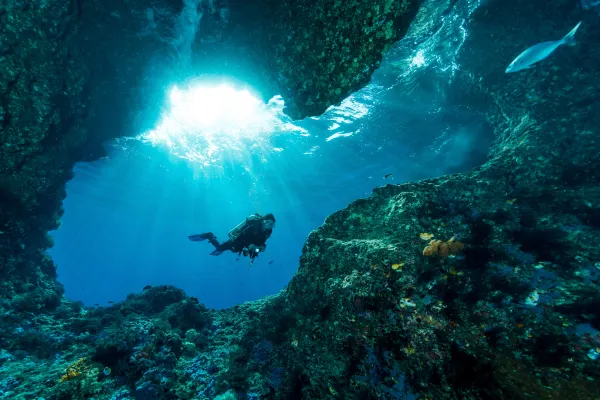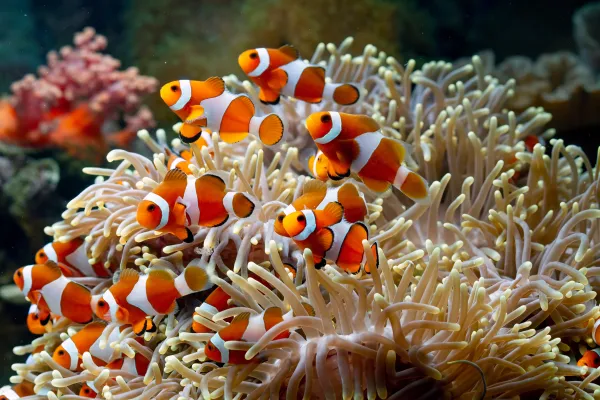Forests of the sea: The kelp ecosystems
Forests are known globally as vibrant and luscious ecosystems, thriving with biodiversity and playing an essential role in the carbon cycle. However, forests are not restricted to land - in the cool blue waters fringing many Atlantic coastlines, kelp beds form exceptionally rich and diverse ecosystems, fulfilling many of the same functions as forests do.
These submerged kingdoms are crucial to the health and resilience of the ocean, but face an uncertain future as pollution seeps into marine ecosystems, the decline of species accelerates, and the climate continues to change.
What are kelp forests?
Off the rugged Atlantic coast of Patagonia, the surface of the sea is broken. Sleek, brown forms glimmer and writhe in the swell, splashing and swaying with the water. From above, there doesn't appear to be anything significant here; just a patch of seaweed being lapped at by the waves. But below the surface, it is a different story.
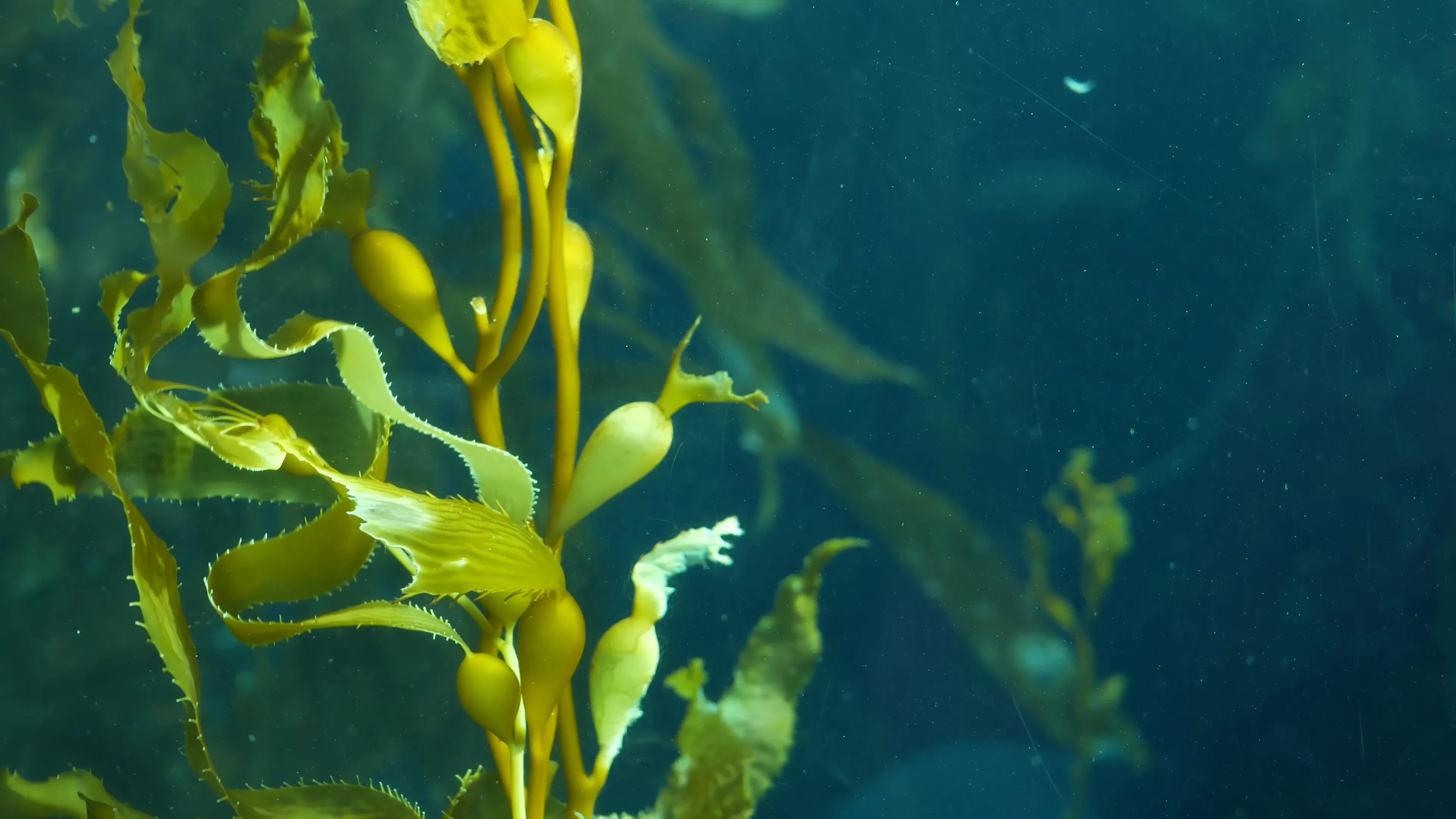
Sunlight filters through the slick canopy, dancing across thick stems of kelp fronds which stretch hundreds of feet from the seabed. Shoals of fish dart between the stems like shards of glass, wary of the predators lurking in the fluid, inky shadows. Diamond-like bubbles rise from the depths, where urchins litter the floor and a reef of sponges and anemones encrust every surface. Crabs scuttle between the labyrinth of roots which anchor the kelp to the floor, and occasionally the elusive outline of a shark can be glimpsed, like a tiger in the forest.
Kelp forests are dense beds of the brown algae, giant kelp (Macrocystis Pyrifera) , which fringe the coastlines of many Atlantic landmasses and are incredible hotspots of biodiversity. Growing up to two feet per day and reaching heights of almost 200 feet, giant kelp forms a complex habitat structure in the marine environment which serves many ecological functions, benefitting the environment, wildlife, and people.
Why are kelp forests so important?
Like terrestrial forests, kelp forests provide a sheltered habitat which protects many species from harsh currents and wave energy in coastal and ocean environments. This sheltering effect means that kelp forests are perfect nursery and feeding grounds for many species of fish, providing food and cover for juveniles which are not strong enough to survive the open ocean. The dense arrangement of thick stems form corridors of shadows and shady zones, creating the perfect hiding place for both prey species and their lurking predators.
The abundance of smaller species attracts larger marine fauna to the scene - sharks, seals, and otters frequently use kelp forests as hunting grounds, easily weaving between the stems. At the surface, sea otters use the strong fronds of kelp like ropes to stop them floating away while they rest - and when they aren’t sleeping, the otters dive down to the seabed, where there is an abundance of shellfish and urchin prey thriving within the cracks and crevices between kelp roots.
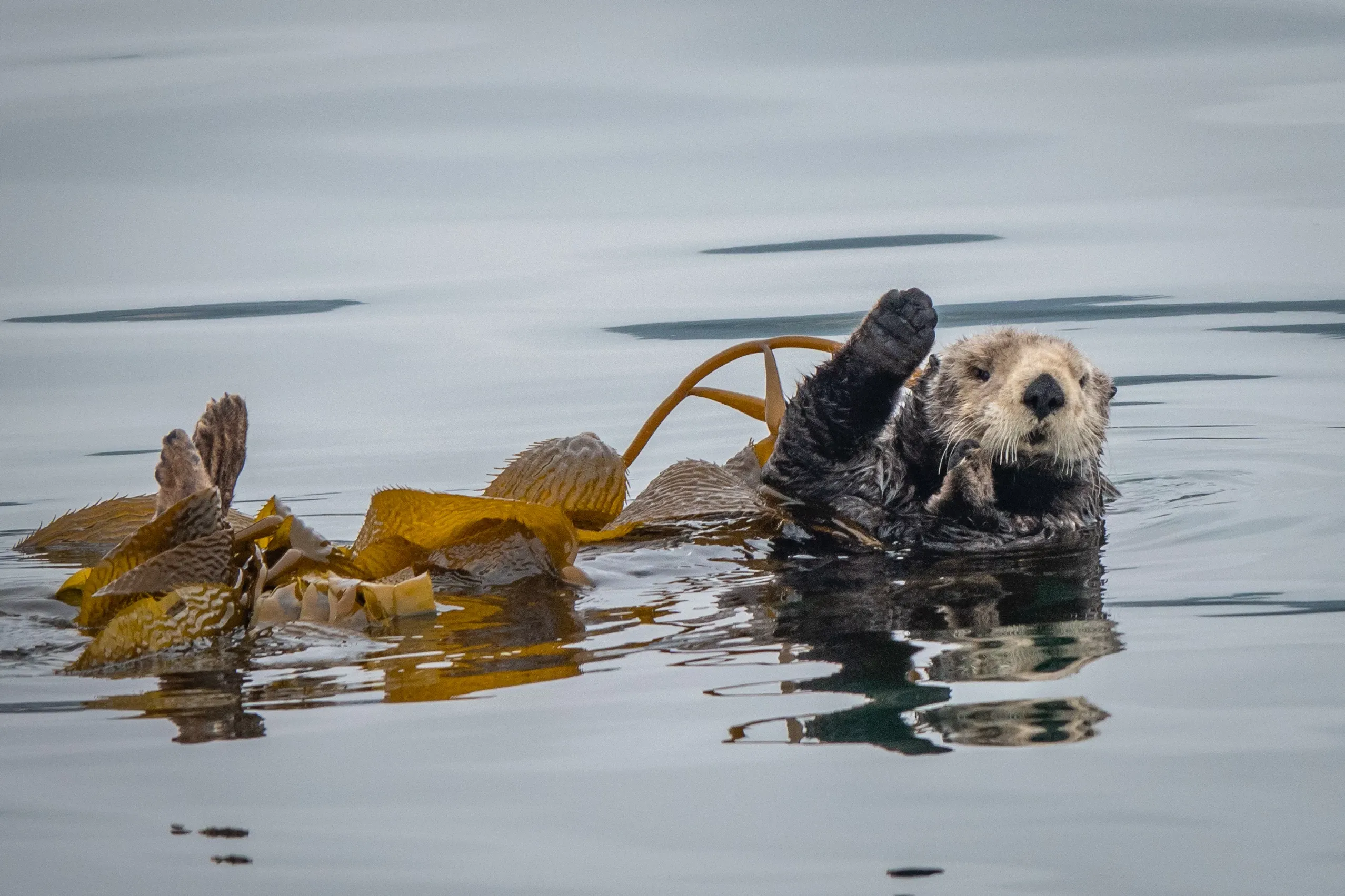
As well as providing vital habitat for thousands of species, kelp forests form important coastal barriers which protect the coastlines from erosion. The flexible nature of kelp fronds create a natural cushioning effect, absorbing wave energy and reducing the impact of harsh storms. This is hugely important to coastal communities as storms become increasingly frequent and intense with climate change. Due to its rapid growth, kelp has a significant effect in the carbon cycle by absorbing and storing vast amounts of carbon dioxide.
Kelp has been integrated into the culture of coastal communities for thousands of years, used by indigenous peoples for food, crafting material, medicine and fertiliser. The abundance of species and the enchanting scenery created by kelp forests also provide livelihoods to thousands of people, through fishing and tourism in the surrounding waters. Kelp forests are becoming increasingly popular with divers who want something a bit different to coral reefs - this has boosted the global awareness of the beauty of kelp forests, however the fragility of these ecosystems must also be communicated in order to protect them.
Threats to kelp ecosystems
The main threats to kelp ecosystems are linked to human actions, and are difficult to monitor and control due to the location of kelp forests and the interconnected nature of the marine environment. Climate change poses a major threat to to kelp - rising sea temperatures and ocean acidification are altering the chemical and biological processes within marine environments, causing direct impacts on the health and metabolism of organisms such as kelp. As kelp is sessile, it cannot move to areas with preferable conditions, so it must adapt or die as the ocean climate changes.
Similarly, pollution of the marine environment, such as chemicals, sewage, microplastics and industrial waste cause metabolic stress to the kelp itself and the other organisms which underpin the workings and functionality of kelp forest ecosystems.
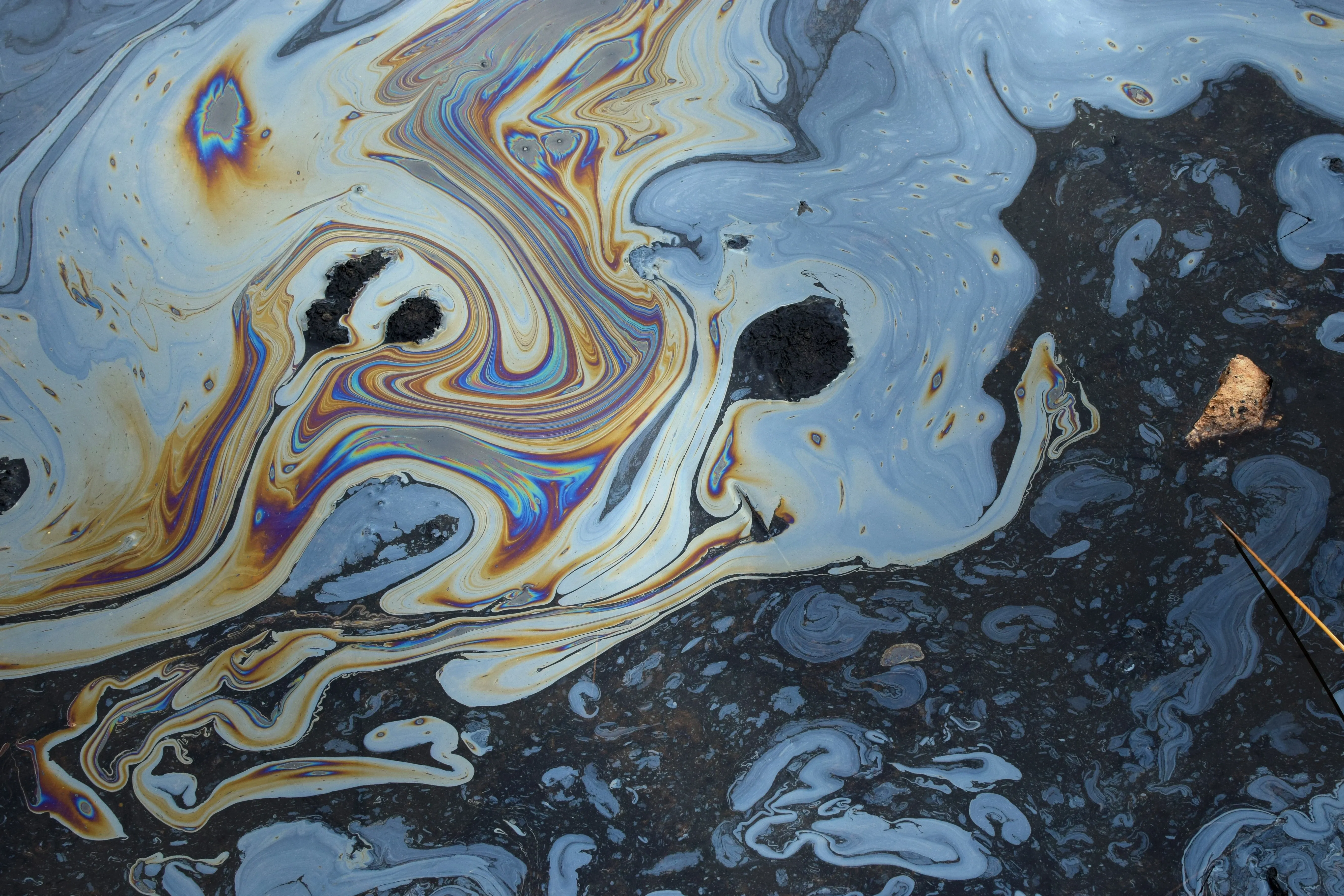
Overfishing and species exploitation are also huge threats to kelp ecosystems. Steep declines in the populations of many important species within the kelp forest food chain have been observed in recent decades, causing a ripple effect throughout the entire ecosystem as prey numbers reduce and predators must relocate to find food.
This occurred in the north American kelp forests, where the ecosystem balance was upset by the overhunting of sea otters. Normally, sea otters feed on the urchins which in turn feed on the root holdfasts of the kelp. A healthy population of otters maintains control over the urchin numbers, keeping them in check so that not too much of the kelp is consumed. However, when the otters were hunted close to extinction by humans, the urchins had few other predators and proliferated rapidly, causing mass loss of kelp forests.
Conservation of kelp - What can be done?
Protection from pollution, disturbance and overfishing is essential for the conservation of kelp forests - the establishment of new marine protected areas (MPAs) in waters where kelp ecosystems are present helps prevent excessive damage. Fishing quotas, no-take zones and pollution treatment laws are being implemented by governments across the globe to conserve kelp forests, however these strategies require continuous monitoring and enforcement to make sure policies are being complied with.
In areas where natural recovery is not possible, kelp can be restored through marine restoration projects, which help to replant and grow kelp until a large enough community is established to naturally regenerate. This enhances the local biodiversity and ecosystem services being provided in the area, increasing coastal resilience and the ability of the ecosystem to cope with other pressures. Donating to charities and organizations which actively restore and protect kelp beds is a great way to do your bit for these ecosystems.
The main threat which can be addressed by individuals , such as ourselves, is the problem of climate change. Reducing your impact on the planet will directly contribute to the reduction of greenhouse gases entering the atmosphere, which in turn relives pressures on marine ecosystems such as kelp forests. Making small changes to everyday actions, such as reducing your plastic use, eating a more plant-based diet, and cutting the amount of electricity and gas you use can all help to create a greener planet, and a bluer ocean. You can also help raise awareness of kelp ecosystems and the threats they face through posting about it on social media, sharing your knowledge, and encouraging others to make changes to their lives too.
Sign up for the newsletter
By clicking on “Subscribe now” I will subscribe to the Conscious Explorer newsletter with all the information about mindful travel. Information on the success measurement included in the consent, the use of the shipping service provider MailChimp, logging of the registration and your rights of revocation can be found in our privacy policy.

